Blog
Jell-O Simply Good: No Artificial Dyes, Colors, or Preservatives!

Jell-O has been a beloved treat for generations, delighting both young and old with its vibrant colors and sweet flavors. But what makes Jell-O stand out in a crowded market of desserts and snacks? One key factor is its commitment to using no artificial dyes, colors, or preservatives. This dedication not only enhances the taste and appearance of Jell-O but also offers numerous benefits for consumers looking for healthier and more natural options.
What is Jell-O?

Jell-O is a brand of gelatin desserts that has become synonymous with wiggly, jiggly fun. Made primarily from gelatin, sugar, and flavourings, Jell-O comes in a variety of flavours and colours, making it a versatile option for both kids’ parties and sophisticated desserts.
How Jell-O is Made
| Ingredient | Purpose |
|---|---|
| Gelatin | Provides the structure and jiggle to the dessert. |
| Sugar | Adds sweetness to balance the flavorings. |
| Flavorings | Give Jell-O its wide range of tastes. |
| No Artificial Dyes | Ensures natural coloring without synthetic additives. |
| No Preservatives | Maintains freshness without chemical preservatives. |
The process involves dissolving gelatin in boiling water, adding sugar and natural flavourings, and then allowing the mixture to set in a refrigerator. The result is a firm yet wobbly dessert that is both enjoyable and visually appealing.
Benefits of No Artificial Dyes
For health-conscious consumers, choosing products without artificial dyes has become increasingly important. Jell-O’s decision to exclude these synthetic colors offers several advantages.
Health Advantages
- Reduced Risk of Allergies: Some individuals can trigger allergic reactions to artificial dyes. By avoiding them, Jell-O minimizes this risk.
- Lower Toxicity: Natural colors are generally less toxic and safer for consumption, especially for children.
- Better Nutritional Profile: Without artificial dyes, Jell-O can focus on providing a cleaner ingredient list, which is appealing to those seeking healthier options.
Improved Taste and Appearance
Natural colors often result in a more authentic and appealing appearance, enhancing the overall eating experience. Consumers can enjoy vibrant colors without the worry of synthetic chemicals altering the taste or causing adverse effects.
No Artificial Colors Explained
Artificial colors are chemically synthesized dyes used to enhance the visual appeal of food products. However, they come with several drawbacks that Jell-O has chosen to avoid.
Drawbacks of Artificial Colors
- Health Concerns: Some artificial dyes have been linked to hyperactivity in children and other behavioural issues.
- Chemical Residues: These dyes can leave behind harmful residues in the body, leading to long-term health problems.
- Environmental Impact: The production and disposal of artificial dyes can contribute to environmental pollution.
Natural Alternatives Used by Jell-O
| Natural Color Source | Benefit |
|---|---|
| Beet Juice | Provides a vibrant red color without chemicals. |
| Turmeric | Turmeric Offers anti-inflammatory properties with a bright yellow hue. |
| Spinach Powder | Delivers a green color rich in vitamins and minerals. |
| Carrot Extract | Adds an orange color naturally sourced from vegetables. |
By using these natural sources, Jell-O ensures that each serving is not only colorful but also free from harmful additives.
No Preservatives: Freshness Guaranteed
Preservatives are substances added to food to prevent spoilage and extend shelf life. While they serve a functional purpose, they can also pose health risks and alter the natural taste of food.
Health Risks of Artificial Preservatives

- Allergic Reactions: Some preservatives can cause allergic responses in sensitive individuals.
- Potential Carcinogens: Certain preservatives have been linked to an increased risk of cancer.
- Digestive Issues: Preservatives can disrupt the natural balance of gut bacteria, leading to digestive problems.
Jell-O’s Approach to Preservatives
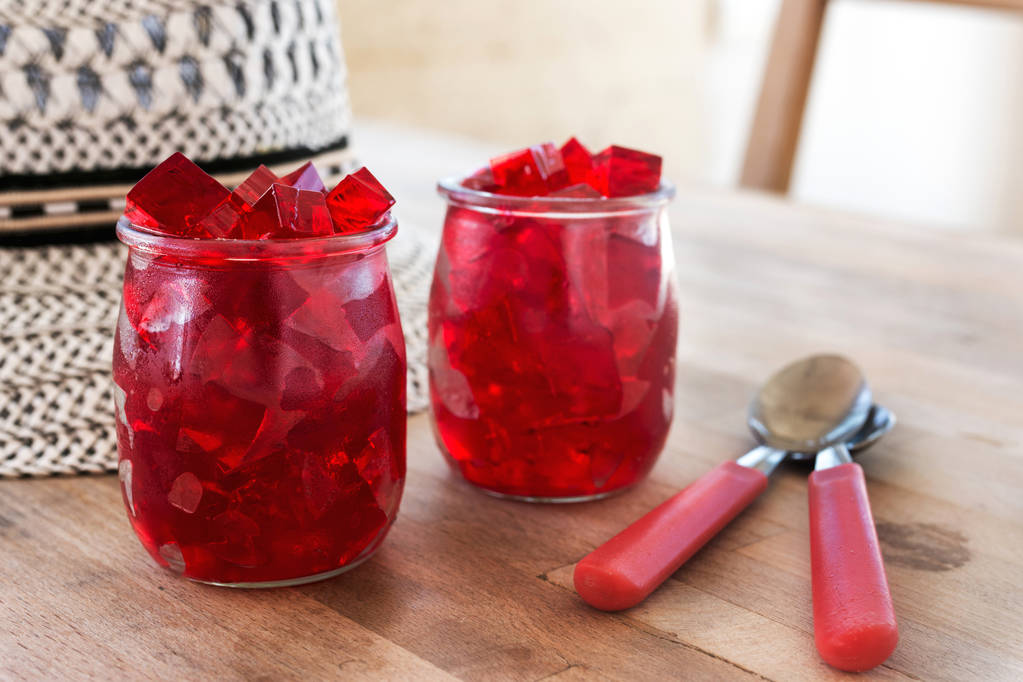
Jell-O eliminates the need for artificial preservatives by using natural ingredients and maintaining strict hygiene standards during production. This ensures that the product remains fresh without relying on chemical additives.
| Natural Preservation Method | Description |
|---|---|
| Refrigeration | Keeps the product cool to slow down bacterial growth. |
| Proper Sealing | Prevents contamination and extends shelf life naturally. |
| Use of Natural Antioxidants | Ingredients like vitamin C help preserve freshness. |
The Taste Difference
Jell-O’s commitment to natural ingredients not only benefits health but also enhances the flavor of the dessert. Without artificial additives, the true essence of the flavors shines through, providing a more authentic and enjoyable taste experience.
Enhanced Flavor Profile
| Natural Flavor Source | Benefit |
|---|---|
| Fruit Extracts | Provide rich and genuine flavors. |
| Natural Sweeteners | Offer sweetness without the artificial aftertaste. |
| Herbs and Spices | Add depth and complexity to the flavor. |
This focus on natural flavor sources ensures that each bite of Jell-O is full of authentic taste, free from the chemical aftertastes often associated with artificial ingredients.
Environmental Impact
Choosing products without artificial dyes and preservatives also has positive implications for the environment. Jell-O’s natural approach aligns with sustainable practices, reducing the ecological footprint associated with synthetic chemical production.
Sustainability Benefits
- Reduced Chemical Waste: Eliminating artificial additives means fewer chemicals are released into the environment during production and disposal.
- Eco-Friendly Sourcing: Natural colorants and preservatives are often sourced from renewable resources, promoting sustainability.
- Lower Carbon Footprint: Natural ingredients typically require less energy-intensive processes compared to synthetic alternatives.
Comparisons with Other Gelatin Products
When compared to other gelatin-based desserts on the market, Jell-O stands out for its use of natural ingredients and absence of artificial additives.
Jell-O vs. Competitors
| Feature | Jell-O | Competitors |
|---|---|---|
| Artificial Dyes | None | Many use synthetic colors. |
| Preservatives | No | Often include chemical preservatives. |
| Natural Ingredients | Focus on natural flavorings and colors. | Varying levels of natural vs. synthetic ingredients. |
| Taste Authenticity | High, with genuine flavor profiles. | May have artificial aftertastes. |
| Health Consciousness | High, catering to health-aware consumers. | Varies, with some brands prioritizing taste over health. |
This comparison highlights Jell-O’s commitment to providing a healthier and more natural product without compromising on taste or visual appeal.
Health Benefits of Choosing Jell-O
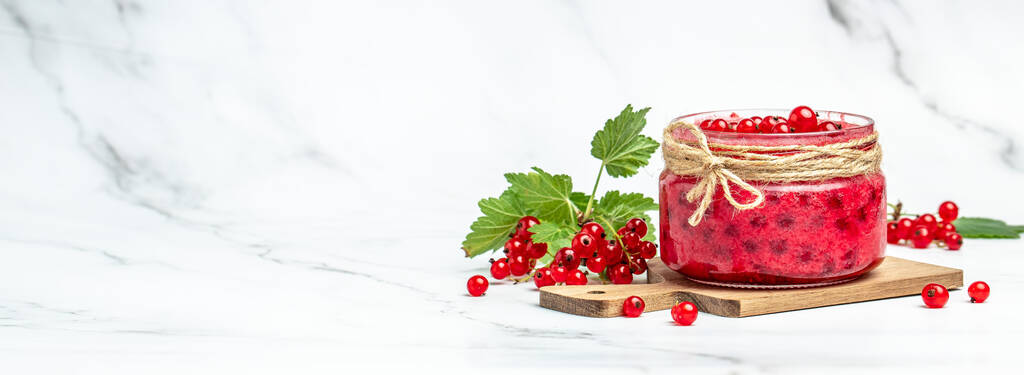
Opting for Jell-O without artificial dyes, colors, or preservatives offers several health benefits, making it a better choice for those mindful of their diet and overall well-being.
Low Calorie Option
Jell-O is a low-calorie dessert, making it an ideal choice for those looking to indulge without consuming excessive calories.
Supports Joint Health
The gelatin in Jell-O contains collagen, which is beneficial for joint health and can help alleviate joint pain and stiffness.
Aids in Digestion
Gelatin is known to support digestive health by improving the gut lining and aiding in the digestion of proteins.
How to Make Jell-O at Home Without Artificial Additives
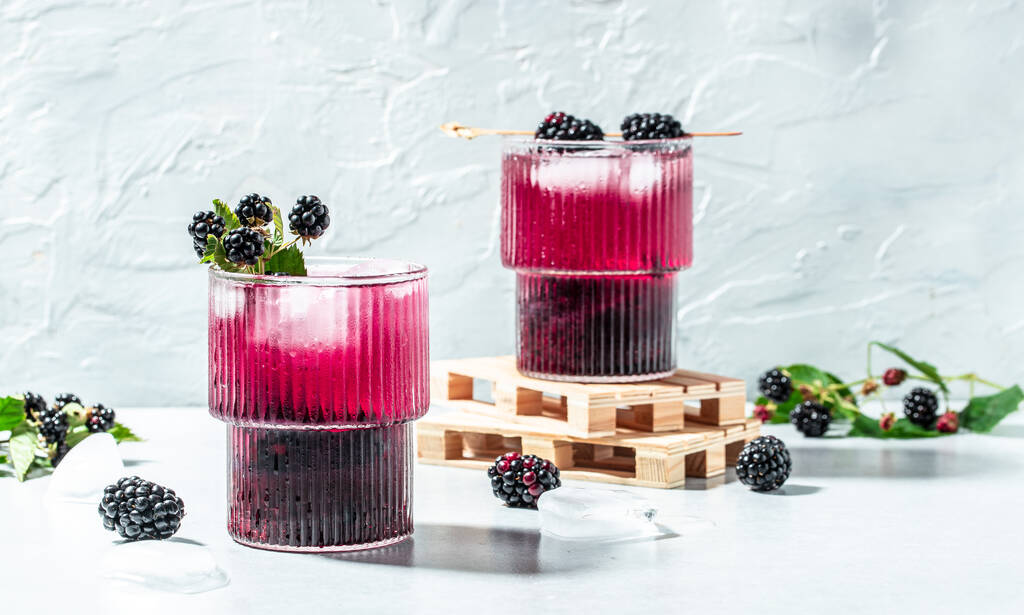
Making Jell-O at home allows you to control the ingredients, ensuring a product free from artificial dyes, colors, and preservatives.
Ingredients Needed
| Ingredient | Purpose |
|---|---|
| Natural Gelatin | Forms the base structure of the Jell-O. |
| Natural Sweeteners | Provides sweetness without artificial additives. |
| Fruit Juices | Adds natural color and flavor. |
| Natural Flavor Extracts | Enhances the taste with authentic flavors. |
Step-by-Step Recipe
- Prepare the Gelatin: Sprinkle gelatin over a small amount of cold water and let it bloom for a few minutes.
- Heat the Mixture: In a saucepan, combine fruit juice and natural sweeteners. Heat gently until the sweeteners dissolve.
- Combine Ingredients: Add the bloomed gelatin to the heated mixture and stir until fully dissolved.
- Pour into Molds: Pour the mixture into molds or a large dish and refrigerate until set.
- Serve and Enjoy: Once set, your homemade Jell-O, free from artificial additives, is ready to be enjoyed.
Tips for Success
- Use High-Quality Ingredients: Opt for fresh fruit juices and pure gelatin for the best results.
- Avoid Overheating: Heat the mixture gently to prevent degrading the gelatin.
- Experiment with Flavors: Try different combinations of natural juices and flavor extracts to create unique Jell-O variations.
Expert Opinions on Natural Jell-O
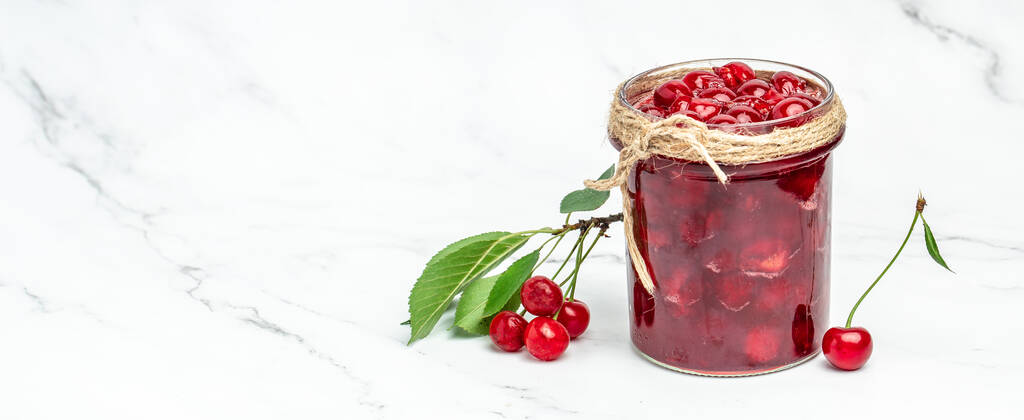
Industry experts emphasize the importance of choosing products free from artificial additives for better health and environmental sustainability.
Quotes from Experts
Dr. Laura Benson, a nutritionist, says, “Choosing desserts like Jell-O that are free from artificial dyes, colors, and preservatives is a smart choice for those looking to maintain a healthier diet without sacrificing enjoyment.”
John Martinez, a food scientist, adds, “Natural ingredients not only provide better health benefits but also enhance the overall quality and taste of the product, making it a win-win for both consumers and manufacturers.”
User Testimonials
Many consumers have shared positive experiences with Jell-O’s natural approach, highlighting its taste, health benefits, and aesthetic appeal.
Positive Feedback
- Sarah M., Home Cook: “I love making Jell-O at home with natural fruit juices. It tastes so much better and I feel good knowing there are no artificial additives.”
- Mike L., Parent: “Jell-O is a favorite in our household. My kids enjoy the vibrant colors and I appreciate that it’s free from harmful chemicals.”
- Emma K., Health Enthusiast: “As someone who avoids artificial ingredients, Jell-O is a delightful treat that fits perfectly into my diet.”
Areas for Improvement
While most feedback is positive, some users have suggested:
- More Flavor Options: Additional natural flavor varieties would be appreciated.
- Packaging Enhancements: Improved eco-friendly packaging options.
Environmental Impact of Natural Jell-O
Jell-O’s commitment to natural ingredients also benefits the environment by reducing the reliance on synthetic chemicals and promoting sustainable practices.
Sustainable Sourcing
Jell-O sources its natural ingredients from suppliers that prioritize sustainable farming and ethical practices, ensuring that the production process is environmentally friendly.
Reduced Chemical Usage
By eliminating artificial dyes, colors, and preservatives, Jell-O reduces the chemical footprint associated with manufacturing and disposal, contributing to a cleaner environment.
Eco-Friendly Packaging
Jell-O has made strides in using recyclable materials for its packaging, further minimizing its environmental impact.
Making Jell-O a Part of a Healthy Diet
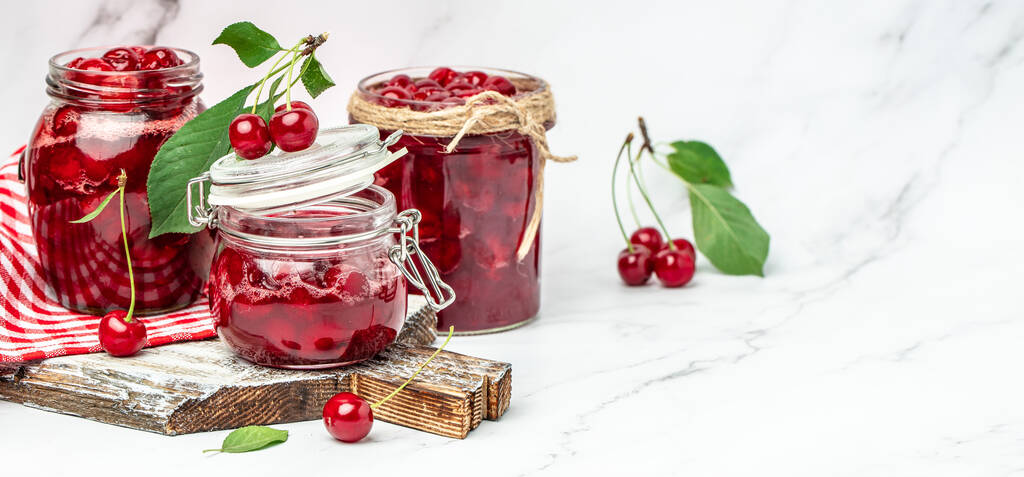
Incorporating Jell-O into a balanced diet can be both enjoyable and beneficial when made with natural ingredients.
Portion Control
Enjoying Jell-O in moderation can be a satisfying way to indulge in a sweet treat without overconsumption of calories or sugars.
Pairing with Fruits
Adding fresh fruits to Jell-O enhances the flavor and increases its nutritional value by adding vitamins and fiber.
Incorporating into Meals
Jell-O can be used creatively in various meals, such as:
- Breakfast Parfaits: Layering Jell-O with yogurt and granola.
- Salads: Using Jell-O as a base for fruit salads.
- Dessert Platter: Combining Jell-O with other natural desserts for a colorful and healthy dessert spread.
Creative Jell-O Recipes
Using natural ingredients opens up a world of creative possibilities for Jell-O recipes that are both delicious and health-conscious.
Strawberry Basil Jell-O
A refreshing combination of sweet strawberries and aromatic basil.
| Ingredients | Quantity |
|---|---|
| Fresh Strawberries | 1 cup, pureed |
| Basil Leaves | 5-6 leaves, finely chopped |
| Natural Gelatin | 2 tablespoons |
| Honey | 1/4 cup |
| Water | 2 cups |
Blueberry Lavender Jell-O
A unique blend of blueberries and lavender for a sophisticated flavor.
| Ingredients | Quantity |
|---|---|
| Blueberries | 1 cup, pureed |
| Dried Lavender | 1 teaspoon, finely ground |
| Natural Gelatin | 2 tablespoons |
| Agave Syrup | 1/4 cup |
| Water | 2 cups |
Mango Coconut Jell-O
A tropical twist with sweet mangoes and creamy coconut.
| Ingredients | Quantity |
|---|---|
| Mango Puree | 1 cup |
| Coconut Milk | 1 cup |
| Natural Gelatin | 2 tablespoons |
| Maple Syrup | 1/4 cup |
| Water | 2 cups |
Tips for Creating Unique Jell-O Flavors
- Experiment with Herbs: Incorporate herbs like mint, rosemary, or thyme for a burst of flavor.
- Use Fresh Juices: Opt for freshly squeezed juices to maximize flavor and nutritional benefits.
- Add Texture: Include small fruit pieces, nuts, or seeds for added texture and visual appeal.
The History of Jell-O
Understanding the origins of Jell-O provides insight into its enduring popularity and commitment to quality.
Origins and Development
Pearle Bixby Wait, a carpenter from Le Roy, New York, created Jell-O in the late 19th century. Originally intended as a nutritional supplement, it quickly gained popularity as a versatile and enjoyable dessert.
Evolution Over Time
Over the years, Jell-O has expanded its product line to include a wide range of flavors and formats, such as ready-to-eat cups and gourmet dessert kits. Despite these changes, the brand has remained committed to using natural ingredients and maintaining high standards of quality.
Milestones in Jell-O’s History
| Year | Milestone |
|---|---|
| 1897 | Jell-O patent filed by Pearle Bixby Wait. |
| 1902 | First commercial product introduced. |
| 1920s | Introduction of flavored Jell-O varieties. |
| 1950s | Expansion into ready-to-eat Jell-O products. |
| 2000s | Focus on natural ingredients and health benefits. |
The Science Behind Jell-O’s Texture
The unique texture of Jell-O is achieved through the science of gelatinization, a process that transforms gelatin into a firm yet flexible matrix.
How Gelatin Works
Gelatin is a protein derived from collagen, found in animal connective tissues. When dissolved in hot water, gelatin molecules unwind and form a network as the mixture cools, creating the characteristic jiggle and structure of Jell-O.
Factors Affecting Texture
| Factor | Impact on Texture |
|---|---|
| Gelatin Concentration | Higher amounts lead to a firmer texture. |
| Cooling Time | Longer cooling results in a more solid set. |
| Type of Liquid | Different liquids can alter the firmness and mouthfeel. |
| Stirring Process | Proper stirring ensures even distribution of gelatin. |
Achieving the Perfect Set
To achieve the ideal texture, it’s important to follow the correct proportions of gelatin to liquid, allow sufficient cooling time, and avoid disturbing the mixture while it sets.
Nutritional Information of Natural Jell-O

Choosing Jell-O without artificial additives not only enhances taste and appearance but also offers better nutritional benefits.
Nutritional Breakdown
| Nutrient | Amount per Serving |
|---|---|
| Calories | 60-80 kcal |
| Sugar | 15-20 grams |
| Protein | 1-2 grams |
| Calcium | 10-15% of daily value |
| Vitamin C | Varies based on flavor |
Health Benefits
- Low in Calories: Suitable for those watching their calorie intake.
- Source of Protein: Gelatin provides a small amount of protein.
- Calcium Fortification: Many Jell-O products are fortified with calcium, supporting bone health.
Considerations for Health-Conscious Consumers
While Jell-O is a low-calorie treat, it’s important to consume it in moderation due to its sugar content. Opting for versions sweetened with natural sweeteners can further enhance its health profile.
Jell-O in Different Cultures
Jell-O’s versatility makes it a favorite dessert in various cultures around the world, each adding their unique twist to this classic treat.
American Traditions
In the United States, Jell-O is a staple at parties and family gatherings, often featured in creative presentations like layered Jell-O salads or molded shapes for holidays.
European Variations
European countries have their own versions of gelatin desserts, such as aspics and panna cotta, which share similarities with Jell-O but often use different ingredients and preparation methods.
Asian Inspirations
In some Asian cuisines, gelatin-based desserts incorporate flavors like matcha, yuzu, and red bean, blending traditional tastes with the gelatin texture.
Fusion Recipes
Modern culinary trends have seen the fusion of Jell-O with international flavors, resulting in innovative desserts that cater to diverse palates.
Jell-O for Special Dietary Needs
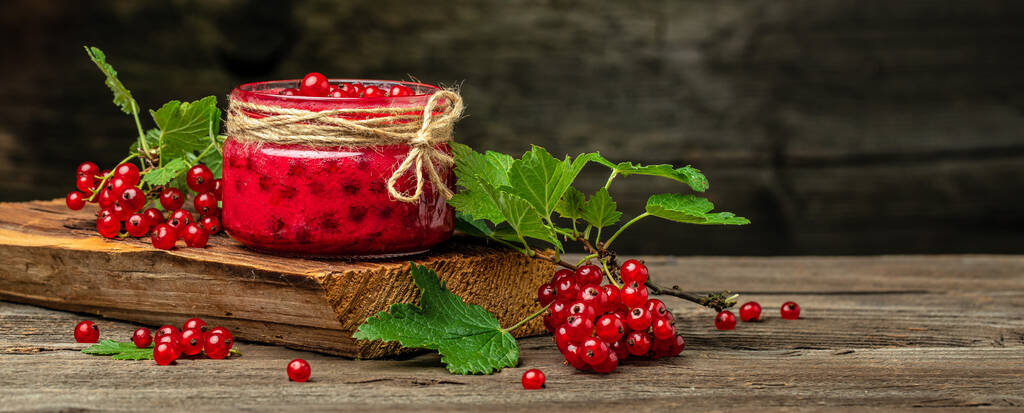
Jell-O’s natural formulation makes it a suitable option for individuals with certain dietary restrictions, provided the ingredients align with their specific needs.
Gluten-Free Options
Most Jell-O products are naturally gluten-free, making them safe for individuals with celiac disease or gluten sensitivities.
Vegan Alternatives
Traditional Jell-O contains gelatin, which is derived from animal sources. However, there are plant-based alternatives available that use agar-agar or other vegan gelling agents to replicate the texture without animal products.
Low-Sugar Versions
For those monitoring their sugar intake, Jell-O offers low-sugar or sugar-free options sweetened with natural alternatives like stevia or erythritol.
Incorporating Jell-O into a Balanced Diet
Including Jell-O as part of a balanced diet can add variety and enjoyment without compromising nutritional goals.
Portion Control
Enjoying Jell-O in moderation ensures that you can indulge in its sweet flavors without overconsuming sugar or calories.
Pairing with Healthy Ingredients
Combining Jell-O with fresh fruits, yogurt, or nuts can enhance its nutritional value and create a more satisfying dessert.
Using Jell-O as a Base for Healthy Snacks
Jell-O can be transformed into healthier snacks by incorporating ingredients like chia seeds, protein powder, or pureed vegetables, adding fiber and protein to the mix.
Environmental Responsibility in Jell-O Production
Jell-O’s commitment to natural ingredients extends to environmentally responsible production practices, ensuring sustainability and ethical sourcing.
Sustainable Ingredient Sourcing
Jell-O sources its natural ingredients from suppliers that prioritize sustainable farming practices, reducing the environmental impact of its products.
Eco-Friendly Packaging
Jell-O has made efforts to use recyclable and biodegradable packaging materials, minimizing waste and promoting recycling among consumers.
Reducing Carbon Footprint
Through efficient manufacturing processes and transportation logistics, Jell-O strives to lower its carbon footprint, contributing to global efforts against climate change.
The Future of Natural Jell-O
As consumer preferences continue to shift towards natural and clean-label products, Jell-O is poised to innovate and expand its offerings to meet these demands.
Product Innovation
Jell-O is exploring new flavors and formulations that cater to evolving tastes and dietary needs, ensuring that it remains a relevant and beloved dessert option.
Expanding Vegan Options
With the rise of plant-based diets, Jell-O is developing vegan-friendly alternatives that use sustainable and ethical gelling agents, broadening its appeal to a wider audience.
Enhancing Sustainability
Jell-O is committed to further enhancing its sustainability practices, from ingredient sourcing to packaging, ensuring that its products are not only delicious but also environmentally responsible.
Frequently Asked Questions
What makes Jell-O different from other gelatin desserts?
Answer: Jell-O stands out for its commitment to using no artificial dyes, colors, or preservatives. This focus on natural ingredients ensures a healthier and more authentic flavor experience compared to other gelatin desserts that may rely on synthetic additives.
Is Jell-O suitable for people with dietary restrictions?
Answer: Yes, Jell-O offers options that cater to various dietary needs, including gluten-free, low-sugar, and vegan alternatives. It’s important to check the ingredient list to ensure it aligns with your specific dietary requirements.
How can I make Jell-O healthier?
Answer: You can make Jell-O healthier by using natural sweeteners, incorporating fresh fruits, and opting for low-sugar or sugar-free versions. Adding ingredients like yogurt or nuts can also enhance its nutritional value.
Can I reuse the same Jell-O container?
Answer: While it is possible to reuse Jell-O containers, they must be thoroughly cleaned and sanitized to prevent bacterial growth. Before reuse, always check for any signs of wear or damage.
How long can I store Jell-O?
Answer: Homemade Jell-O can typically be stored in the refrigerator for up to a week. Store-bought Jell-O should be consumed by the expiration date printed on the package for best quality and safety.
